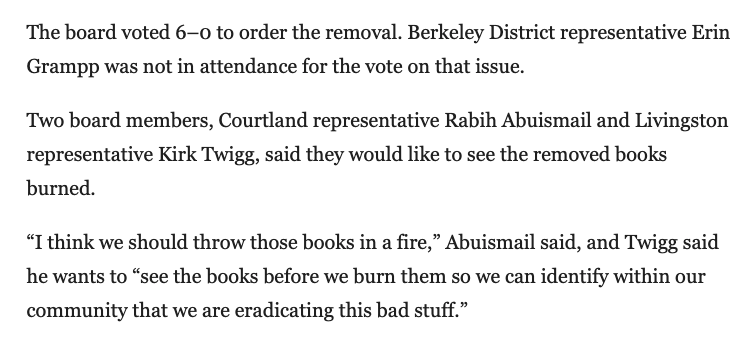
For whatever reason, this week-old tweet is getting a lot of attention today. I think more and more people are starting to appreciate how dangerous these bills are and how sloppily they’re written. The threat is very, very real.
Anyway, last night this one became law.
Anyway, last night this one became law.
https://twitter.com/jeffreyasachs/status/1456297301241180165
It was passed by the House on Thursday. On Friday, by the Senate. Late yesterday evening, the Governor signed it into law. The entire process, from conception to enrollment, was eight days. The purpose of the special session was COVID relief, by the way.
inforum.com/news/governmen…
inforum.com/news/governmen…
Said one state Rep: "If we can do something to reassure parents that in public schools we are not having a political agenda, then I think that we should do that. The fear and the outrage are very real, even if I may believe that fear and outrage was manufactured."
One must admire her candor, I suppose.
• • •
Missing some Tweet in this thread? You can try to
force a refresh









